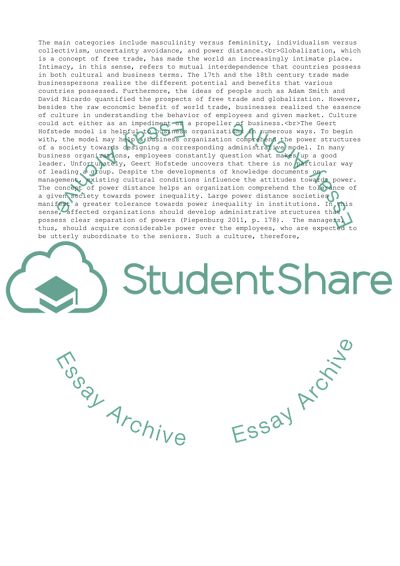Cite this document
(“Usefulness of Hofstedes National Culture model Essay”, n.d.)
Usefulness of Hofstedes National Culture model Essay. Retrieved from https://studentshare.org/management/1671351-usefulness-of-hofstedes-national-culture-model
Usefulness of Hofstedes National Culture model Essay. Retrieved from https://studentshare.org/management/1671351-usefulness-of-hofstedes-national-culture-model
(Usefulness of Hofstedes National Culture Model Essay)
Usefulness of Hofstedes National Culture Model Essay. https://studentshare.org/management/1671351-usefulness-of-hofstedes-national-culture-model.
Usefulness of Hofstedes National Culture Model Essay. https://studentshare.org/management/1671351-usefulness-of-hofstedes-national-culture-model.
“Usefulness of Hofstedes National Culture Model Essay”, n.d. https://studentshare.org/management/1671351-usefulness-of-hofstedes-national-culture-model.


